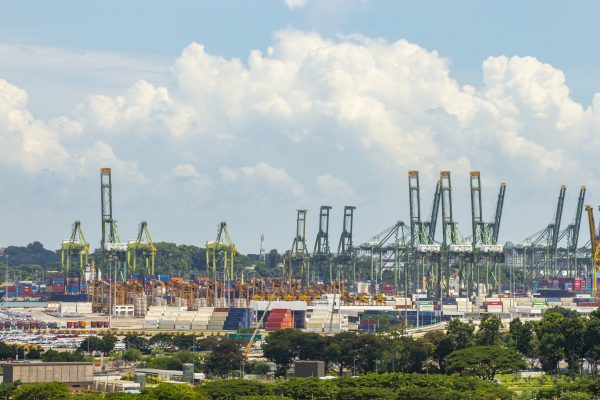Economic Corridors: One Way Forward For US Engagement in Southeast Asia

```html
Southeast Asia's Economic Corridors: A New Frontier for US Engagement
The Shifting Landscape of US Trade Policy in Southeast Asia
For decades, the US approach to free trade has been a political battleground. Now, with a renewed focus on competition with China, Washington is shifting away from broad free trade agreements towards more targeted frameworks. This creates an opening for other nations, and Southeast Asian countries are seizing the opportunity to strengthen their own trade ties, often without US involvement.
Recent forums like the Asia-Pacific Economic Cooperation highlight the growing importance of regional integration, but the US risks being sidelined as Southeast Asia transforms into a global supply chain hub. A new strategy is needed, one that prioritizes investment and collaboration with Southeast Asian nations.
The IPEF Trade Pillar: A Stumbling Block
The Indo-Pacific Economic Framework (IPEF) promised much but delivered little on trade. While agreements were reached on supply chains, clean energy, and fair economic rules, the crucial trade pillar remains unresolved. This highlights IPEF's inherent weakness: lacking the market access incentives that made the CPTPP attractive, it struggles to gain traction with Southeast Asian partners.
With the future of IPEF uncertain, and China's economic influence growing through initiatives like the Regional Comprehensive Economic Partnership, the US needs a more robust economic strategy.
Economic Corridors: A Path to Partnership and Prosperity
Economic corridors – specifically designated zones for intensive infrastructure and industrial development – are reshaping Southeast Asia's economic landscape. Investing in these corridors offers the US a powerful tool to strengthen supply chains and reassert its economic presence.
The Philippines' Luzon Economic Corridor, the first Indo-Pacific project under the G7's Partnership for Global Infrastructure and Investment (PGII), is a prime example. This initiative aims to drive sustainable development by attracting private capital to strategic infrastructure projects. With over $60 billion in secured US investments through PGII so far, the potential for growth is immense.
Investing in the Future: Beyond Luzon
Beyond Luzon, other opportunities beckon. The US could partner with Thailand on its Eastern Economic Corridor, sharing expertise in advanced manufacturing and digital innovation. Similarly, collaborating with Indonesia on its Nusantara Ring Corridor offers a chance to contribute to clean energy solutions and sustainable urban planning.
Navigating Challenges, Maximizing Opportunities
Concerns exist about the potential impact of future US policies on foreign direct investment in Southeast Asia. Should US investments decline, it could pose a significant challenge to industries in the region. However, a multi-pronged strategy focusing on targeted bilateral agreements, public-private partnerships, and supply chain diversification can mitigate these risks and create mutually beneficial opportunities.
A Strategic Imperative for Both Sides
Resilient supply chains in Southeast Asia are not merely an economic advantage; they are a strategic imperative. As ASEAN is projected to become a major global economic force, the US cannot afford to be left behind. Investing in economic corridors offers a practical and impactful way to achieve both economic and national security goals. These corridors are not just engines of growth, they are pathways to a stronger, more secure future for both the US and Southeast Asia.
For Southeast Asian nations, effectively communicating the value proposition of US investment to future administrations will be crucial for maximizing the benefits of this partnership.